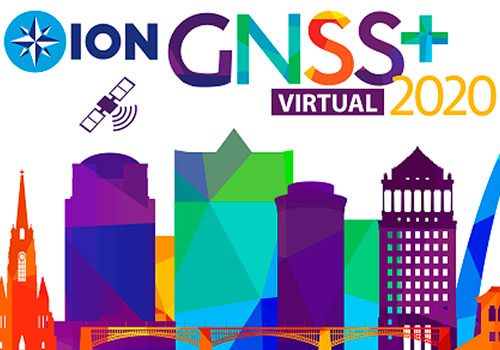- Tech


Share this article !
Constellator™: Space proven with a tough case in GEO
Our customer successfully launched a geostationary satellite following a highly elliptic Transfer Orbit, using the multi-trajectory and hardware-in-the-loop capabilities of our Constellator GNSS simulator.
He could measure good performances of the RF signals generated by Constellator and noted a good tracking at the spaceborne GNSS receiver side.
These performances were achieved even during the high elliptical transfer orbit up to geostationary one.
Constellator™ transmitted RF signals to the Spaceborne GNSS Receiver with the expected quality levels, from launch and early orbit phases up to the geostationary station through a rather elliptical transfer orbit.
Thanks to Constellator™, the spaceborne GNSS receiver worked perfectly: our customer recognized Constellator as the most efficient equipment on the market and highlighted its RF quality even in high dynamics conditions :
Constellator™ has therefore been proved to be the only reliable solution for GEO on the market as the satellite accurately reached its geostationary trajectory as simulated by hardware-in-the-loop tests.
Simulation you can trust, even in GEO, how does it work:
GNSS simulation for launching a satellite into geostationary orbit has always been a challenge and is an extreme use case for GNSS test equipment.
Several aspects of geostationary trajectories make it one of the most difficult use case:
- Very few numbers of GNSS satellites are in view of the antenna(s) of a spaceborne GNSS Receiver in geostationary orbit
- The antennas of the GPS satellites emit to the Earth and not to the GNSS receiver which is in a Geostationary orbit (i.e. above)
- The effects of the ionosphere’s shrinking cross (« double-crossing »)
- Sun/Moon effects which are the main destabilizing effect of geostationary orbits.
Constellator™ has been designed from the ground up to meet those extreme requirements:
- With up to 660 software channels to handle multi-frequency, multi-constellation
- Models including:
– handling double ionosphere crossing,
– side lobes simulation
– based on JGM3 Earth gravity model up to the 40th order
– atmospheric drag with custom ballistic coefficient
– Sun/Moon 3rd body effect